Jean Charles Cazin – October Day (1893)
Original price was: $9.99.$4.99Current price is: $4.99.
Jean Charles Cazin – October Day (1893)
Description
This work of art has been digitally enhanced without erasing signs of ageing for the sake of authenticity. Digital paintings are very popular right now as an affordable and stylish way to decorate and personalize your home and office.
Jean Charles Cazin – October Day (1893)
“Jean-Charles Cazin is an intriguing and influential artist of the late 19th-century, French Realist movement. His style defies easy classification among the artistic currents of his day and was atypical compared to his famous contemporaries. Similar to his friend and contemporary Henri Fantin-Latour (1836-1904), Cazin was of the same generation as the Impressionists, yet he followed his own realist interpretation of nature. While mainly a landscape artist, Cazin’s early works focus on genre studies and interior scenes as well. However, it is as an innovative landscape artist that he acquired world renown.
The son of a doctor, Cazin was born in Samer in the northern Pas-de-Calais region of France. The family moved from Samer to Boulogne-sur-Mer when he was five. As a young boy he displayed a talent for drawing which his parents encouraged. The seaside landscapes of this area marked Cazin’s artistic sensibilites. Cazin finished his education in England where he was strongly influenced by the pre-Raphaelite movement. In 1863, he enrolled in the Ecole Supérieure de Dessin, studying under Horace Lecoq de Boisbaudran (1802-1897).
The 1860s was a significant period in Cazin’s development. During this time he met and established friendships with his contemporaries Bonvin, Fantin-Latour, Legros, Ribot and Lhermitte and was one of the exhibitors at the now famous Salon des Refusées in 1863, where he exhibited Souvenir des Dunes de Wissant. He was recommended by his former teacher Lecoq de Boisbaudran for a teaching position at the École Spéciale d’Architecture in Paris in 1866. He moved to Chailly, near Barbizon, where he produced a series of landscapes that were accepted at the Salons of 1865 and 1866. He was nominated for the post of Director of the École de Dessin and Curator of the Musée des Beaux-Arts in Tours in 1868. Cazin reorganized the school and became interested in the promotion the industrial arts.
Cazin’s position as curator allowed him the opportunity to travel and study museum collections in other cities and countries. By 1871, the upheaval of the Paris Commune following the Franco-Prussian War and disagreements with the central museum administration concerning his programs forced him to move to England (1871-1875). As his exiled compatriot, the sculptor Jules Dalou, Cazin taught art to London students, experimented with wax painting, developed an interest in ceramics and collaborated with the Fulham Pottery as a painter/decorator. And, like Dalou, Cazin’s difficult years of exile in London would be followed by future success in France.
In 1875, Cazin returned to France and settled near the coastal town of Boulogne where he had spent his childhood. In 1876 he submitted his first major work to the Paris Salon, entitled The Boatyard, and continued to exhibit at the Salon through 1883, receiving a First Class Medal in 1880 and a Gold Medal at the 1889 Universal Exposition.
His chief paintings from this period have a religious and historical interest, such as The Flight into Egypt (1877), Marie-Magdelane at Evening Time (Berlin), Hagar and Ishmael (1880, Tours, Musée des Beaux-Arts), Tobie (Lille, Musée des Beaux-Arts) or Judith (1883). Afterwards, Cazin painted luminous landscapes, sometimes in combination with figure-subjects such as Souvenir de Fête, (1881, Paris, Petit Palais); and Journée Faite, (1888, Musée d’Orsay) which brought him wide renown and made him a leader of a new school of idealistic, subject-painting in France.
In the late 1880’s a divergence grew between older artists faithful to the academic traditions and the younger artists who followed a freer expression of their talents. In 1890 this divergence of ideas and styles led to the creation of the Société Nationale des Beaux-Arts and Cazin, a founding member, would soon be elected its Vice-president. That year Harper’s New Monthly Magazine published an article entitled Some Modern French Painters and devoted eight pages to the life and work of Cazin, of which the following excerpt:
“In the manner of M. Cazin’s painting we never remark rough impasto, the violence of the palette knife, or the caprices of the undisciplined brush. The aspect of his pictures is always attractive, and their suave and distinguished tone is often fascinating; the details are subordinate to the general unity; the picture is one and harmonious. M. Cazin’s dream of life is sweet, tender, full of compassion.”
In 1893, Cazin traveled to America and exhibited nearly 180 paintings at the American Art Galleries. The exhibition, which not only displayed works from the artist’s collection but many that were already in important American collections, was an instant success and was reviewed in many publications. Demand for the artist’s work soared and his works soon found their way into even more American collections, including those being formed by Frick, Lockhart and Byers.
In 1898, the French government appointed Cazin to finish the mural decorations in the Panthéon in Paris begun by Pierre Puvis de Chavannes (1824-1898). Cazin exhibited by no less than fifteen works at the Decennial Exhibition of 1900 and the publishers Goupil & Co. reviewed the artist and his work on exhibit in an article that begins as follows:
“With M. Jean-Charles Cazin we come to one of the most incontestable glories of contemporaneous French painting. I shall not be contradicted when I say that his landscapes constitute the principal attraction of our Decennial Exhibition. In the same manner, M. Jean-Charles Cazin stands out among all contemporaneous French landscape-painters with all the grandeur of his genius.”
That same year, Cazin was awarded a Grand Prix in at the 1900 Universal Exposition in Paris. Cazin remained at the forefront of French landscape painting until his death in 1901. Examples of his work are in many private and public collections throughout the world.”
After purchase you will have access to a PDF document with a link to these files available for download: 5×7”, 8×10”, 9×12”, 11×14”, 16×20″, 18×24″, 24×36″ and A1.
All files are in JPG format and at 300 PPI/DPI resolution. Please note that colours on your screen may be slightly different from the actual print.
This is not a physical item therefore nothing will be shipped to you.
Since these are printable downloads, refunds cannot be issued. Should you have any issues or questions please contact us and we will be happy to assist you.
For personal use only. Please do not use our digital art files for commercial use or resale.
© NovemaDigital
Only logged in customers who have purchased this product may leave a review.

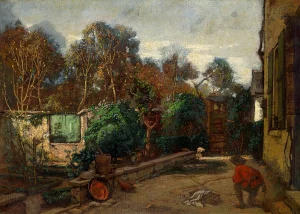 Thomas Couture - The Bird Catcher (c.1857)
Thomas Couture - The Bird Catcher (c.1857) 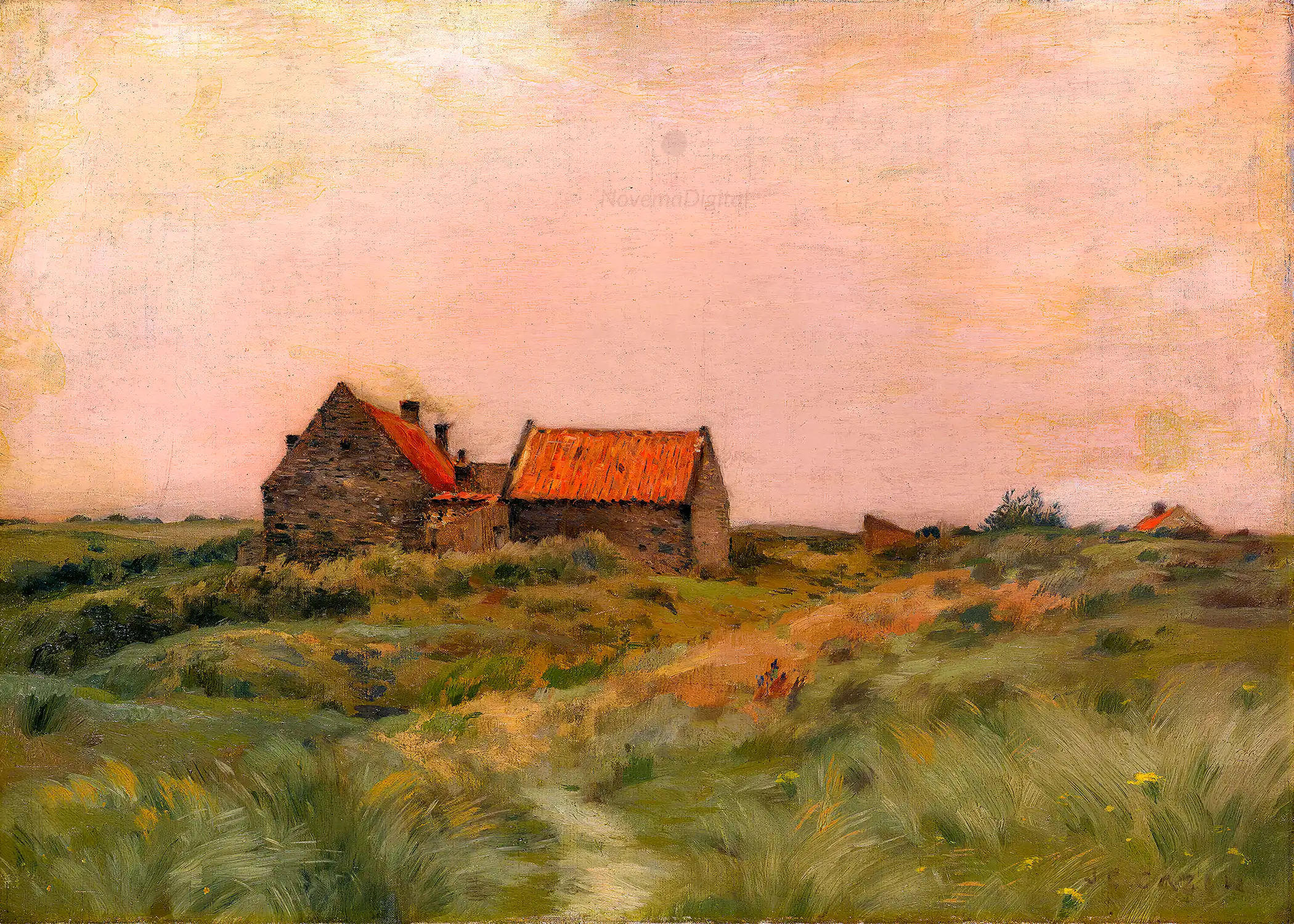
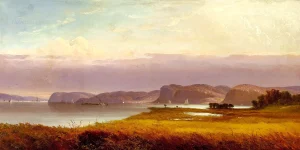
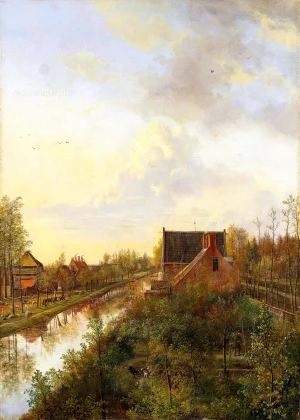
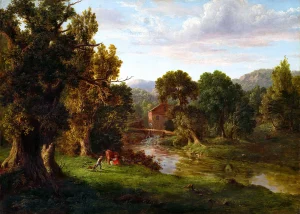
Reviews
There are no reviews yet.